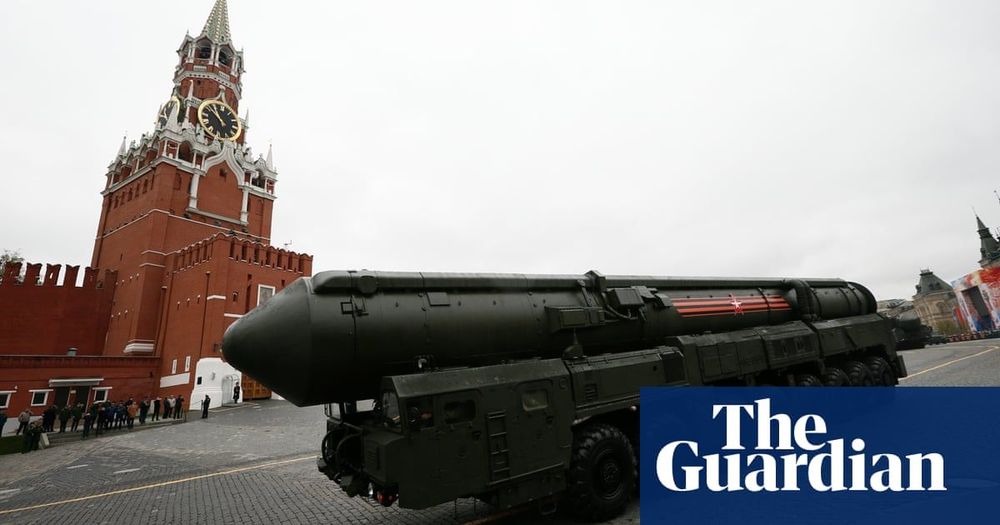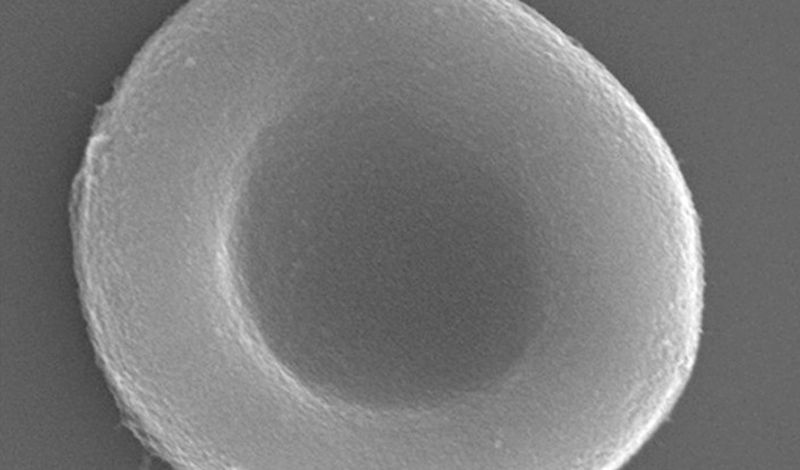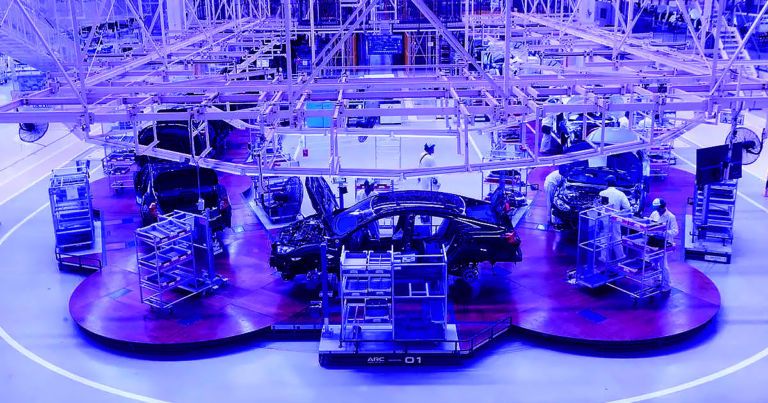Page 7730
Jun 9, 2020
A supernumerary robotic arm adds functionality for carrying out common tasks
Posted by Saúl Morales Rodriguéz in categories: robotics/AI, wearables

A team of researchers at Université de Sherbrooke with assistance from a group at Exonetik Inc., has created a wearable supernumerary robotic arm that adds functionality for common human tasks. In their paper published in IEEE Spectrum, the group describes their robotic arm, its abilities and their plans for expanding its functionality.
A supernumerary robotic device is of a type that adds functionality to an existing system. In this case, the team in Canada added a third arm and associated three-fingered hand to a human subject.
Continue reading “A supernumerary robotic arm adds functionality for carrying out common tasks” »
Jun 9, 2020
Google Maps to display virus-related transit alerts
Posted by Saúl Morales Rodriguéz in categories: biotech/medical, mobile phones, transportation
A new version of Google’s mapping service being rolled out will display pandemic-related transit alerts and let people know when buses or trains might be crowded.
Updated versions of the free app for smartphones powered by Apple or Google-backed Android software will also let drivers know about COVID-19 checkpoints or restrictions on their routes.
“We’re introducing features to help you easily find important information if you need to venture out, whether it’s by car or public transportation,” Google Maps product management director Ramesh Nagarajan said in a blog post.
Jun 9, 2020
This Is Why Black Holes Must Spin At Almost The Speed Of Light
Posted by Genevieve Klien in categories: cosmology, mathematics
Many of them are spinning at nearly the speed of light. When you do the math, there’s no other way it could have been.
Jun 9, 2020
Synthetic red blood cells mimic natural ones, plus have new abilities
Posted by Future Timeline in category: biotech/medical
Scientists have created blood cell replicas – using a combination of polymers and silica – which not only mimic the real thing, but are also capable of delivering new cargoes.
Jun 9, 2020
DARPA invites hackers to break hardware to make it more secure
Posted by Quinn Sena in categories: cybercrime/malcode, military
For more than two years, the Pentagon’s research arm has been working with engineers to beef up the security of computer chips before they get deployed in weapons systems or other critical technologies.
Now, the research arm — the Defense Advanced Research Projects Agency (DARPA) — is turning the hardware over to elite white-hat hackers who can earn up to $25,000 for bugs they find. The goal is to throw an array of attacks at the hardware so its foundations are more secure before production.
“We need the researchers to really roll their sleeves up and dig into what we’re doing and try to break it,” said Keith Rebello, a DARPA program manager. Hardware hacks often involve identifying vulnerabilities in how a computer chip handles information, like the flaw uncovered in Intel microprocessors in March that could have allowed attackers to run malicious code early in the boot process.
Jun 9, 2020
Cyberattack Shuts Down All Honda Factories Worldwide
Posted by Quinn Sena in categories: cybercrime/malcode, quantum physics
Quantum computers could keep it secure like the dwave.
By now, the company is mostly back online.
Jun 9, 2020
Destiny 2: Beyond Light – Reveal Trailer
Posted by Quinn Sena in categories: energy, space

Extreme graphics: 3.
A new power is born out of the ancient Pyramid ship above Europa’s frozen frontier, and a dark empire has risen beneath, united under the banner of the Fallen Kell of Darkness, Eramis. Join your fellow Guardians and bring down the empire at any cost – even if it means wielding the Darkness itself.
As the new threat emerges, so too does a mysterious new power – Stasis. Rooted in Darkness, Guardians will wield this new elemental power alongside Arc, Solar, and Void to dominate the battlefield. Titans, Warlocks, and Hunters each use Stasis in a different way, from slowing down foes with Stasis fields to encasing and shattering enemies with destructive might.
Continue reading “Destiny 2: Beyond Light – Reveal Trailer” »
Jun 9, 2020
Scientists Assert Electron Lifespan Is 5 Quintillion Times the Current Age of the Universe
Posted by Quinn Sena in category: life extension
Circa 2015 o.o
Scientists didn’t actually see an electron decay, but they did manage to come up with some better numbers in relation to their longevity.
Jun 9, 2020
New Generation of Lightweight, Flexible Solar Cells and Display Screens Using Transparent Graphene Electrodes
Posted by Quinn Sena in categories: solar power, sustainability
New roll-to-roll production method could enable lightweight, flexible solar devices and a new generation of display screens.
A new way of making large sheets of high-quality, atomically thin graphene could lead to ultra-lightweight, flexible solar cells, and to new classes of light-emitting devices and other thin-film electronics.
The new manufacturing process, which was developed at MIT and should be relatively easy to scale up for industrial production, involves an intermediate “buffer” layer of material that is key to the technique’s success. The buffer allows the ultrathin graphene sheet, less than a nanometer (billionth of a meter) thick, to be easily lifted off from its substrate, allowing for rapid roll-to-roll manufacturing.















